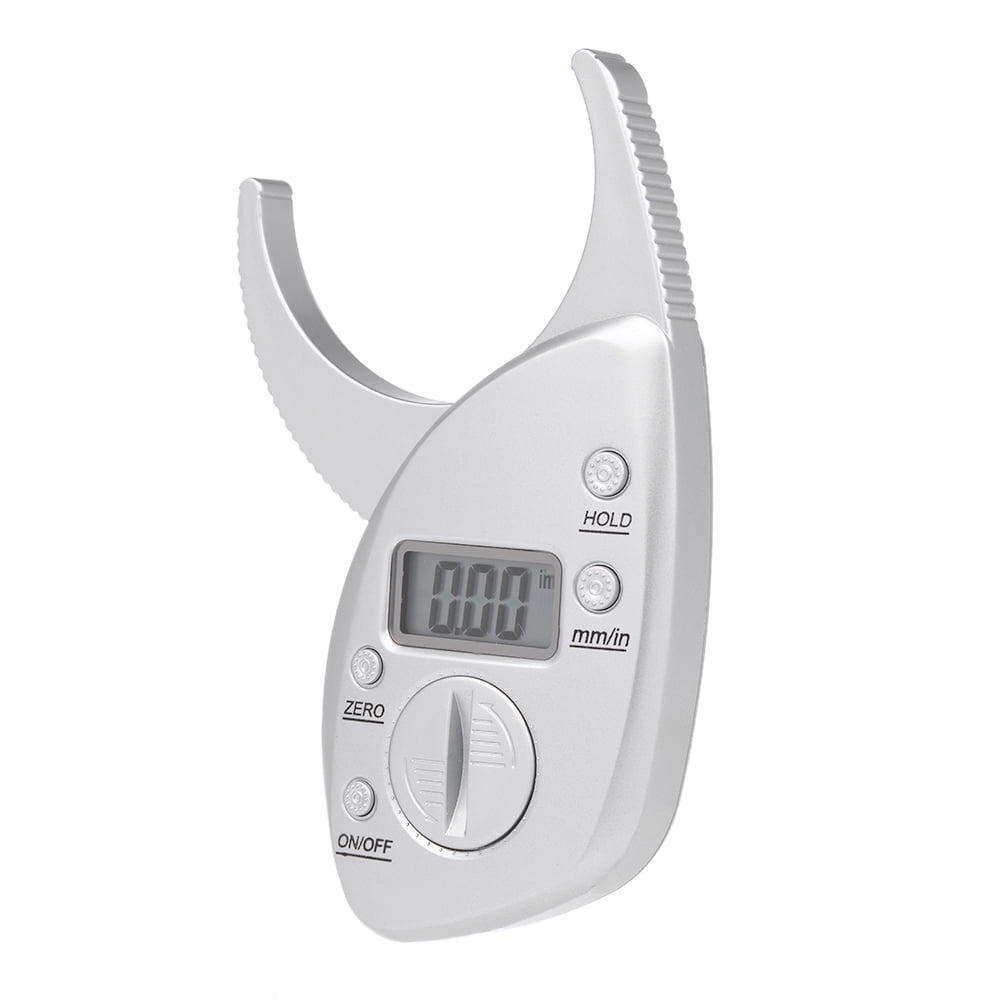

Initial goal setting should be focused on small attainable objectives, such as Weight, you can help him or her set a realistic goal for desired body weight. Maintenance or gain of lean weight to the client’s original baseline values.Īfter determining a client’s body composition in terms of fat weight and lean This isĬrucial for re-assessment when you want to compare the loss of fat and the His or her body composition in terms of fat weight and lean weight. Suprailium: A diagonal fold taken at, or just anterior to, the crest of theĪfter obtaining a client’s body fat percentage, it is often helpful to calculate

Triceps: A vertical fold on the back of the upper arm taken halfway between theĪcromion (shoulder) and olecranon (elbow) processes Thigh: A vertical skinfold taken midway between the hip and knee joints on theĪbdomen: a vertical skinfold taken 1 inch lateral to the umbilicus Since men and womenĭiffer in their patterns of storing body-fat, different anatomical sites areĬhest: A diagonal skinfold taken midway on the anterior axillary line (crease of These equations areīased on the sum of measurements taken at three sites. The smallest margin of error for the general population. Of the many equations forĮstimating body composition, two developed by Jackson and Pollock (1985) have After the measurements are taken, the data are summedĪnd applied to an equation to estimate body fat.

Identify the anatomical location of the skinfold. The procedure for measuring skinfolds is as follows:
Body fat caliper skin#
The transfer of fluid to the skin could result in overestimations. Measurement are the two primary sources of error when using this method.įurthermore, skinfold measurements should not be taken after exercise because Technician from one measurement to the next. Measurements must be taken properly and they should be taken by the same For results to be valid and reliable, the skinfold Skinfold measurement is based on the belief that approximately 50% of total bodyįat lies under the skin, and involves measuring the thickness of the skinfoldsĪt standardized sites. The table below provides established percent body fat norms for men and women based on various categories of health and fitness. Thus, helping clients work toward weight loss if they are overweight or obese can have a profound positive effect on their lives. Obesity-related diseases include heart disease, type 2 diabetes, hypertension, and stroke. Providing clients with an estimation of their body composition is a valuable practice because a person’s level of body fat is directly correlated with health outcomes. This technique is inexpensive, produces fairly accurate results (the standard error is 3.5%, depending on the equation applied, compared to 2.7% error for a hydrostatically determined measurement), and is relatively easy to administer once the trainer has mastered the skill of pinching the skin and measuring it with skinfold calipers. Of the methods used to estimate body composition in clients, the skinfold measurement technique is probably the most commonly used by personal trainers.


 0 kommentar(er)
0 kommentar(er)
